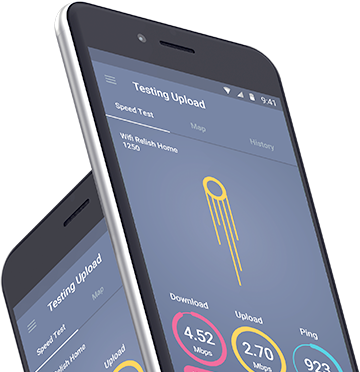Introduction
EE remains the dominant operator as it has won the most Opensignal awards again, but its position has declined slightly since our last report, because Vodafone has caught EE on Games Experience and now jointly wins that award with EE. Vodafone has also once again retained the Voice App Experience award. However, EE continues to be unassailable in terms of download speeds, with its lead in this regard rising by 3.4 Mbps to a remarkable 18 Mbps.
All four operators have improved in their 4G Availability and 4G Coverage Experience scores since our last report and neither they nor the UK government have forgotten the importance of establishing a strong 4G foundation on which to build 5G. The Department for Digital, Culture, Media & Sport (DCMS) announced in March that it is set to release £500 million to pay for new mobile sites in rural areas where there is currently no mobile coverage as part of the Shared Rural Network (SRN) project. As part of the SRN, the UK’s four national operators will invest more than an additional £530 million in a shared network of new and existing phone masts to address areas where there is currently coverage from at least one, but not all operators.
EE said in February that it will upgrade its 4G network in more than 500 areas this year to extend coverage in rural areas across the UK as part of the SRN. 110 areas have already been upgraded with a further 469 scheduled for this year. As part of the SRN, 3, O2 and Vodafone will build and share a total of 222 new mobile masts to improve rural coverage, with each operator leading on 74 of these. O2 continued to invest in the rollout of its 4G network in 2020, which it claims has resulted in a ‘...4G boost to circa 180,000 postcodes across the UK over 2020’. Meanwhile 3 announced that it has added 10 Gbps backhaul to more than 3,200 sites. It has also added support for 20 MHz of 1400 MHz spectrum to 1,500 of its sites and plans to upgrade more sites in the same way over the course of this year to increase mobile capacity.
In this report we examine the mobile network experience of the four main mobile network operators in the U.K.: 3, EE, O2 and Vodafone, over a period of 90 days starting December 1, 2020 and ending February 28, 2021, to see how they fared. We have used 5G measurements in addition to those from previous generations of mobile network technology when determining the overall scores for each award. Also, we have published a companion report — United Kingdom 5G User Experience Report — which analyzes the 5G experience.



